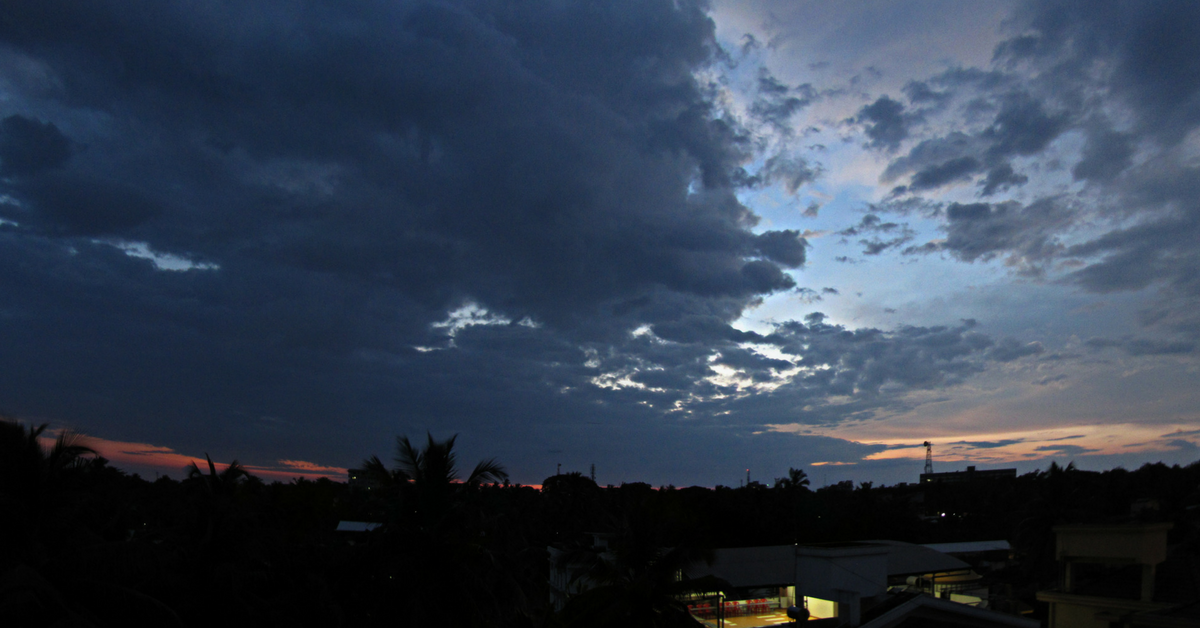It is a common belief that weather is the one thing that man has no control over, but the concept of cloud seeding will change that thought. While cloud-seeding does not mean that we can have access to a weather-on-demand situation, it does mean that with the help of science and technology we can make some modifications to the existing weather conditions.
Cloud seeding is a process of weather modification, a man-made alteration to the climate system. It alters the moisture available in a cloud in an attempt to create additional rainfall. The origins of cloud seeding can be traced back to 1946 — it was developed from an unrelated experiment by scientists at the GE (General Electric) laboratories in New York. The scientists discovered that slivers of dry ice could lead to the formation of ice crystals in super-cooled water, which refers to the presence of liquid water at temperatures below its standard freezing point and is to be found in specific clouds. The discovery led to a series of laboratory-based experiments, which were then followed by atmospheric trials.
The first cloud seeding programs commenced about four years after this initial discovery.

Photo Source: Wikimedia Commons
While the efficacy of this method hasn’t been entirely proven yet, it is being carried out in many countries. Some countries are affected by drought, while some are plagued by high pollution levels. China is known to have one of the largest cloud-seeding programmes.
You may also like: India’s Rockstar Climate Activist’s Voice Needs to be Urgently Heard
Cloud-seeding is not a new concept in India. In 1983-1984, Tamil Nadu became the first state in the country to attempt cloud-seeding. Maharashtra and Karnataka followed in 2003 and 2008 respectively when drought situations prevailed.
A few days ago, the Uttar Pradesh government had asked Indian Institute of Technology (IIT) Kanpur to explore the option of artificial rains.
“IIT Kanpur received the project on artificial rains from the Uttar Pradesh Council of Science and Technology a few months back. For this, the institute has got a grant of Rs 15 lakh,” Officiating Director of IIT Kanpur, Manindra Agrawal has reported in Economic Times.
Let’s hope this method sees success and the drought and pollution-ridden areas get some respite.
Like this story? Or have something to share?
Write to us: contact@thebetterindia.com
Connect with us on Facebook and Twitter.
NEW: Click here to get positive news on WhatsApp!
If you found our stories insightful, informative, or even just enjoyable, we invite you to consider making a voluntary payment to support the work we do at The Better India. Your contribution helps us continue producing quality content that educates, inspires, and drives positive change.
Choose one of the payment options below for your contribution-
By paying for the stories you value, you directly contribute to sustaining our efforts focused on making a difference in the world. Together, let's ensure that impactful stories continue to be told and shared, enriching lives and communities alike.
Thank you for your support. Here are some frequently asked questions you might find helpful to know why you are contributing?

